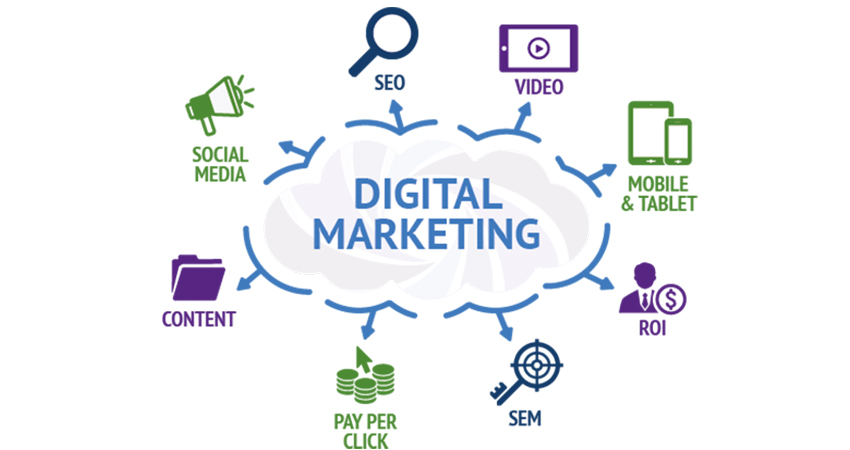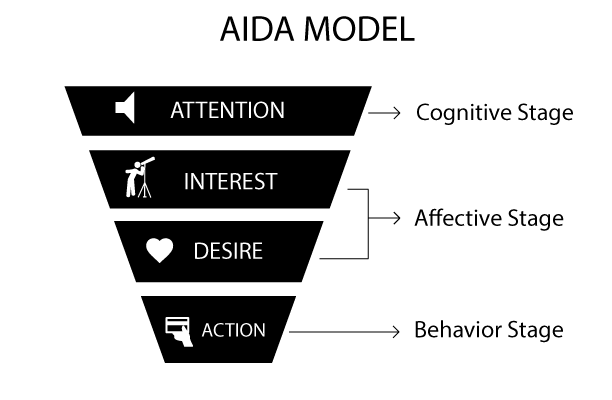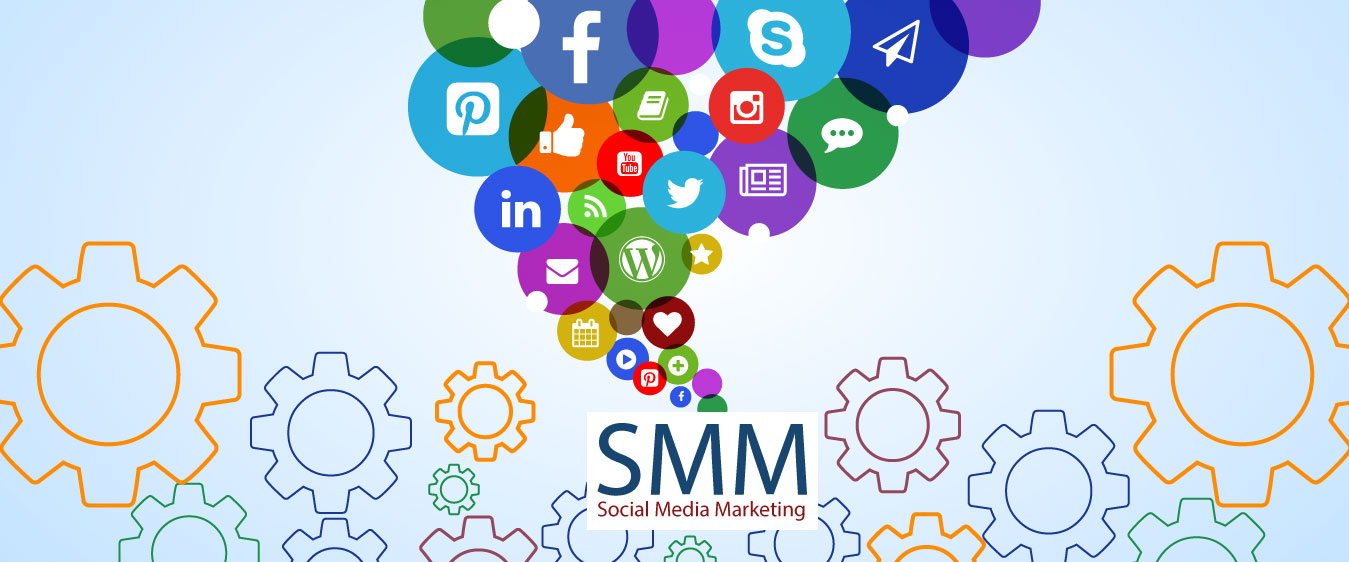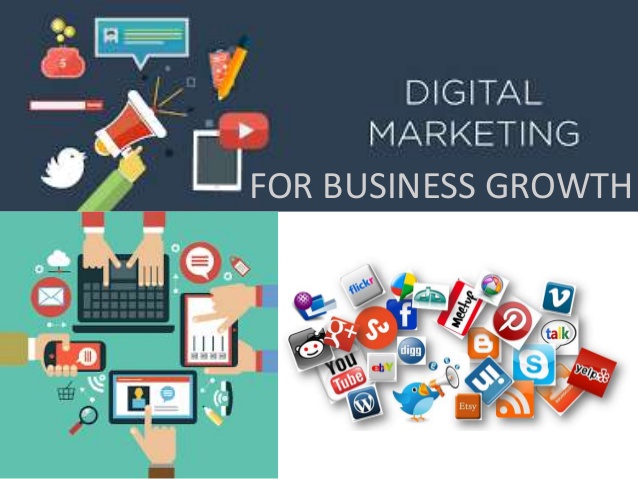- December 9, 2023
- Posted by: SouTech Team
- Category: Blog

Sales funnel is a strategic approach used in digital marketing to guide potential customers through a series of steps, from the initial awareness of a product or service to making a purchase decision. Here’s a breakdown of the typical stages of a sales funnel:
 Awareness: This is the top of the funnel where you attract potential customers by creating awareness about your product or service. Strategies here might include social media posts, content marketing, SEO, ads, etc.
Awareness: This is the top of the funnel where you attract potential customers by creating awareness about your product or service. Strategies here might include social media posts, content marketing, SEO, ads, etc.
Interest: Once people are aware, you aim to generate interest by providing valuable information, engaging content, or solutions to their problems. This could involve offering free resources like eBooks, webinars, or guides in exchange for their contact information.
Consideration: At this stage, prospects are evaluating your offerings. You nurture them by providing detailed information, case studies, testimonials, or demonstrations to showcase the value and benefits of your product or service.
Decision: Prospects are ready to make a decision. Here, you provide a compelling offer, such as discounts, limited-time deals, or free trials, to encourage them to take action and make a purchase.
Action: The final stage involves the actual purchase or conversion. Post-purchase, you continue to engage and provide excellent customer service to encourage loyalty and potential repeat purchases.
Now, for beginners in digital marketing looking to automate and optimize their sales funnel for high conversions:
Define Your Audience: Understand your target audience’s pain points, needs, and preferences to create tailored content and offers at each funnel stage.
Create Compelling Content: Develop engaging content (blog posts, videos, infographics, etc.) that addresses audience needs at each stage of the funnel.
Use Email Marketing: Set up automated email sequences to nurture leads with relevant content, offers, and reminders. Email automation tools can help schedule and send personalized emails based on user behavior.
Utilize Landing Pages: Create dedicated landing pages for each funnel stage with clear calls-to-action (CTAs) to guide users toward the next step.
Implement Retargeting: Use retargeting ads to reach people who have shown interest but haven’t converted yet. These ads can remind them of your offerings and encourage them to take action.
Analyze and Optimize: Track metrics like conversion rates, click-through rates, and engagement to identify bottlenecks or areas for improvement. Adjust your strategy accordingly.
Test and Iterate: Experiment with different elements of your funnel, such as ad copy, images, CTAs, etc. A/B testing can help determine what resonates best with your audience.
Remember, consistency and relevance throughout the funnel are key. By providing value, building relationships, and guiding prospects smoothly through the stages, you can increase conversions and drive business growth. Starting small, analyzing results, and refining your approach based on data is a good way for beginners to master the sales funnel concept in digital marketing.




